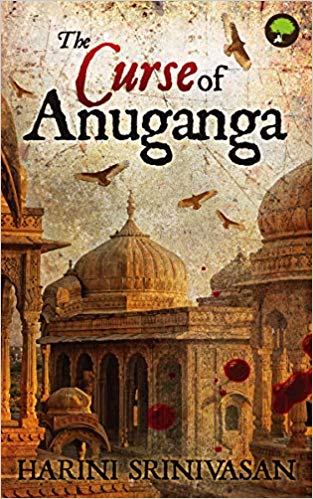Set in 403 CE in the prosperous town of Nandivardhana (located in modern day Nagpur, Maharashtra), Harini Srinivasan’s The Curse of Anuganga is a historical thriller that carves a niche for itself by being the first historical murder-mystery I have ever read! Srinivasan cleverly perceives her story’s timeframe and weaves a plot around it that is riveting till the turn of the last page.
Written in the third person, the book follows the story of Shaunaka, an intelligent, pensive and self-effacing youth, and that of his foster brother, Ashwini, a gifted goldsmith. Being the son of a renowned goldsmith, Vishunveera, Shaunaka is compelled to continue the family tradition and evolve as a master goldsmith, despite showing neither the aptitude nor an interest in his father’s profession.
At odds with his father, Shaunaka’s lackadaisical stint at his father’s workshop comes to a grinding halt on a day that was to change his brother’s and his entire family’s life all at once.

